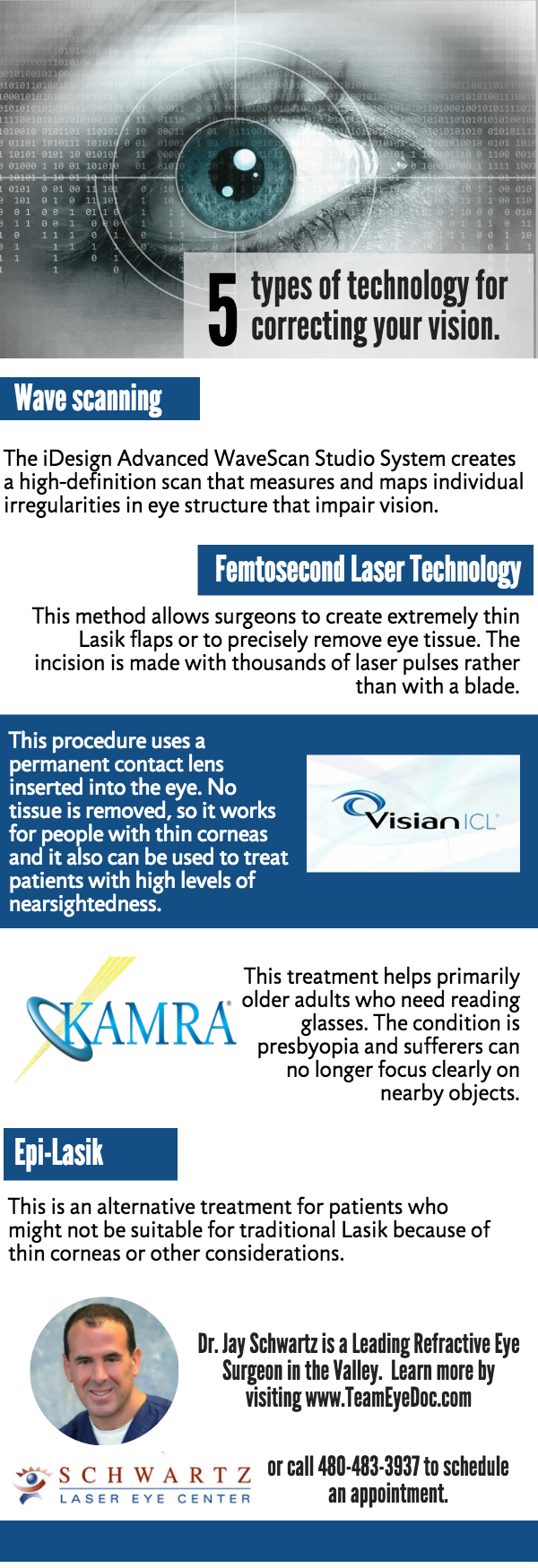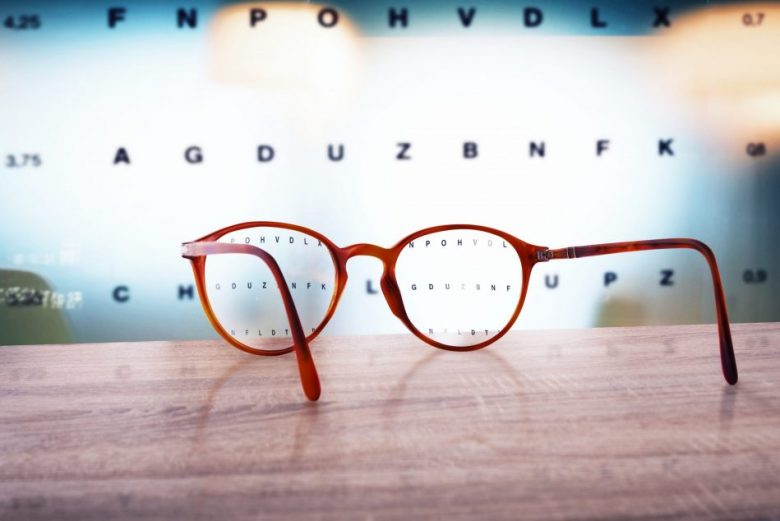5 types of technology for correcting your vision
Jan 27, 2016, 2:07 PM | Updated: Mar 16, 2016, 10:08 am

It’s only been 17 years since Lasik eye treatments became generally available in the U.S. FDA approval for the procedure was granted in 1999, according to the American Academy of Ophthalmology, although testing and trials began about 10 years earlier.
The ensuing years have produced improvements and new procedures that can correct a range of vision problems and new technology is regularly introduced. The FDA approved two major breakthrough treatments in 2015: wavefront scanning and Kamra inlays.
Many people with vision problems who were not good candidates for Lasik or other procedures in the past can now be successfully treated. If you have vision problems and would like to be free of glasses or contacts, this is a great time to consult with an experienced eye doctor to discuss the new treatment options.
Here are five of the newest advancements:
Wave scanning
In July 2015, the FDA approved the iDesign Advanced WaveScan Studio System. The system creates a high-definition scan that measures and maps individual irregularities in eye structure that impair vision, according to Abbott, designer of the system. These measurements become the basis for a personalized Lasik treatment adapted to the specific blueprint of each eye.
According to research at Stanford University Medical Center, for patients with moderate vision problems this wavefront technology can produce 20/20 vision in 97 percent of patients and 20/40 vision in 99.9 percent. The wavefront technology has been used for decades to adjust high-powered telescopes to reduce distortions when viewing distant objects in space.
Improved incisions
Another relatively new technique is femtosecond laser technology. This method allows surgeons to create extremely thin Lasik flaps or to precisely remove eye tissue. The incision is made with thousands of laser pulses rather than with a blade.
The painless procedure takes less than 10 seconds and most people report virtually normal vision the following day. The preciseness of the system means that many people who were previously told they were not good candidates for Lasik may now qualify.
Visian ICL
This procedure uses a permanent contact lens inserted into the eye. No tissue is removed, so it works for people with thin corneas and it also can be used to treat patients with high levels of nearsightedness. These are people who were generally not able to benefit from Lasik.
The manufacturer reports advantages over Lasik or traditional contact lenses. Patients generally report great night vision, ultraviolet protection is built into the biocompatible lens and it does not result in dry eye syndrome. The surgery takes about 15 minutes and recovery is typically just a few days. The lens will last a lifetime or it can be removed at any time.
Kamra inlay
This treatment helps primarily older adults who need reading glasses. The condition is presbyopia and sufferers can no longer focus clearly on nearby objects. The procedure received FDA approval in April 2015.
During the brief surgery, the doctor uses a laser to create a small pocket in the cornea. A tiny inlay with a minuscule pinhole in the center is inserted. The hole allows focused light to enter the eye. Only one eye is treated and the brain allows both eyes to work together to give the patient clear vision.
Epi-Lasik
Unlike traditional Lasik, with this method, the surgeon does not cut a flap into the cornea. Instead, a special tool is used to reshape the surface of the eye. This is an alternative treatment for patients who might not be suitable for traditional Lasik because of thin corneas or other considerations.
This is the golden age of eye treatment. If you have vision issues, this might be the best time in history to contact an eye care professional to learn about possible solutions.
As a leading eye care professional in the Scottsdale and Glendale areas, Dr. Schwartz is arguably the most prolific refractive surgeon in the valley. Having performed over 38,000 LASIK surgeries and being the first ophthalmologist in Arizona certified to perform the Kamra Inlay procedure, it is not hard to see why professional athletes and Arizona residents have trusted the Schwartz Laser Eye Center since 2001.






